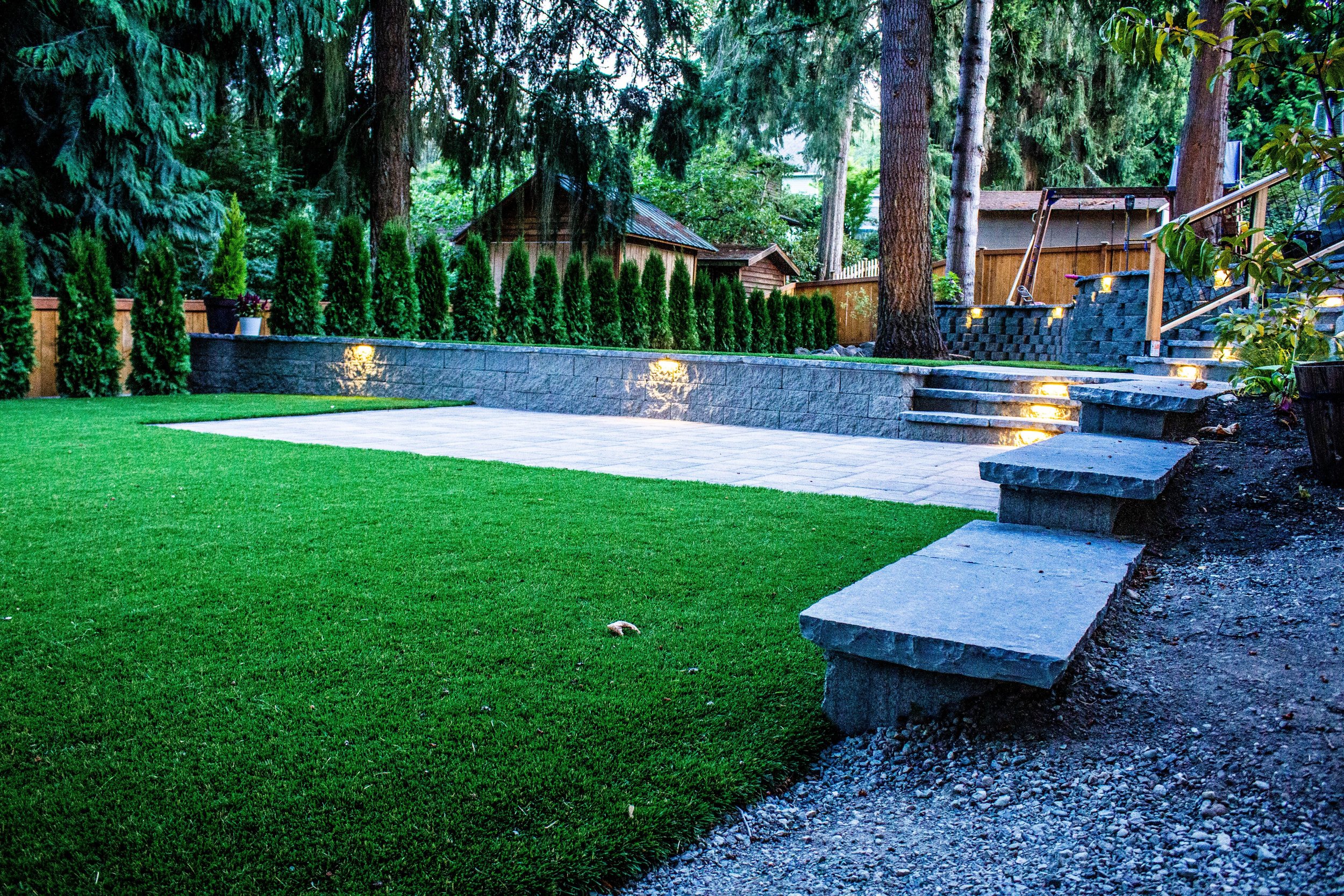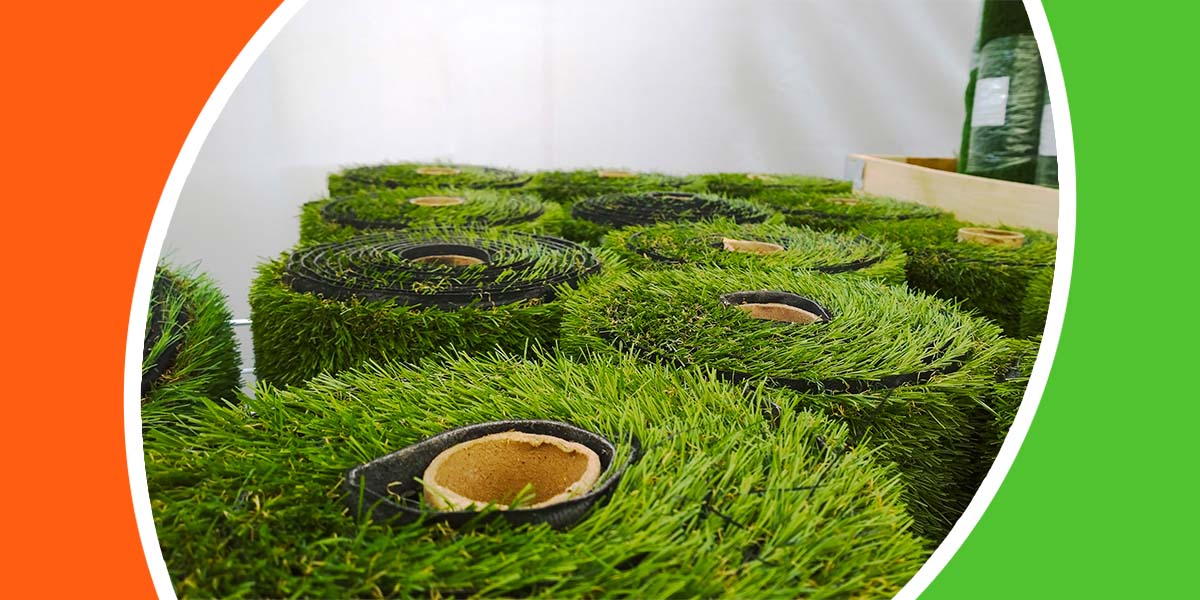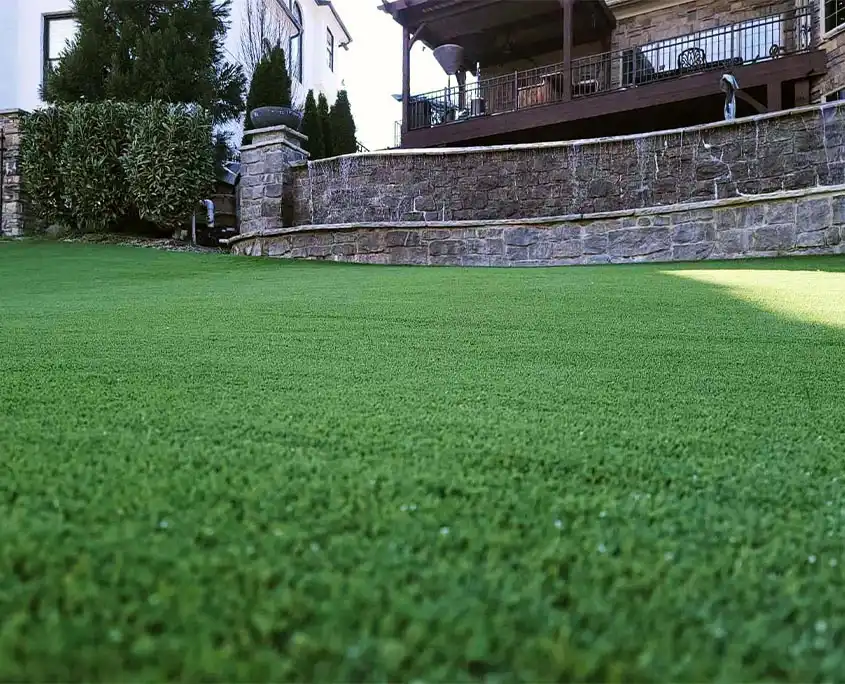Find the Top Artificial Turf Companies Phoenix for Your Home or Business
Find the Top Artificial Turf Companies Phoenix for Your Home or Business
Blog Article
Explore the Environmental Advantages of Opting for Artificial Lawn Solutions
The adoption of synthetic grass services offers an engaging possibility to attend to pressing ecological obstacles. By substantially reducing water use and reducing the application of damaging chemicals, these options not only promote lasting landscaping yet additionally protect neighborhood ecosystems. The lower carbon impact associated with decreased maintenance activities contributes to a much more sustainable method to land monitoring. The effects of these advantages expand past mere conservation initiatives, elevating questions regarding their lasting impact on environment conservation and general environmental equilibrium. Checking out these measurements exposes an intricate interaction worth considering.
Water Preservation Perks
One of the most substantial advantages of synthetic grass is its capacity to save water. In contrast, synthetic turf does not need watering, substantially reducing the total demand for water sources.
By getting rid of the requirement for routine watering, man-made grass contributes to lasting landscape methods and assists alleviate the environmental impact of too much water intake. The preservation of water extends to the reduction of overflow, which can lead to dirt erosion and river pollution.
In addition, the installation of synthetic turf permits communities and house owners to designate water resources a lot more efficiently, focusing on vital uses such as drinking water and agriculture. The shift in the direction of fabricated turf not only advertises liable water usage however likewise lines up with wider ecological objectives focused on preserving natural sources.
As neighborhoods progressively focus on sustainability, the water preservation benefits of synthetic grass provide a compelling case for its adoption in domestic and business landscape design jobs.
Lowered Chemical Use
The shift to synthetic grass significantly lowers the reliance on chemical treatments typically utilized in all-natural turf upkeep. Typical lawn administration generally includes the application of plant foods, herbicides, and pesticides to promote growth and control parasites. These chemicals can posture threats to human health, neighborhood wild animals, and the environment, adding to soil and water contamination.
In comparison, synthetic grass gets rid of the demand for these hazardous substances. As soon as mounted, it needs very little upkeep, primarily being composed of normal cleaning and occasional infill replenishment. This decrease in chemical use not only benefits the instant setting yet also adds to more comprehensive environmental stability. By minimizing the release of artificial substances right into the ecosystem, synthetic grass advertises healthier soil and water supply.
In addition, the lack of chemical drainage connected with synthetic grass setups helps shield regional waterways from pollution, supporting water life and maintaining biodiversity. Artificial turf companies phoenix. As areas progressively prioritize lasting practices, going with synthetic grass provides a practical remedy that aligns with environmental conservation goals. Through this change, building owners can appreciate lush environment-friendly spaces without jeopardizing environmental wellness, leading the means for a much more sustainable future
Lower Carbon Impact

Moreover, the installment of man-made lawn can lead to substantial water conservation. All-natural lawns need significant quantities of water for watering, which not only includes to the carbon impact linked with water extraction and therapy however likewise strains local water resources. In contrast, synthetic grass needs marginal upkeep, needing no watering, thereby substantially minimizing water use and its associated energy costs.
Furthermore, the durability of artificial grass adds to its reduced carbon influence. With a lifespan of up to 15 years or more, the requirement for frequent replacements is lessened, causing much less waste and lower power consumption in production and getting rid of traditional yard choices. Overall, synthetic grass provides a sustainable alternative for environmentally mindful landscaping.
Habitat Conservation
Environment preservation is an important factor to consider in the debate over check over here landscaping choices, especially when contrasting synthetic grass to all-natural grass. All-natural yard lawns often call for considerable maintenance, consisting of the use of herbicides, chemicals, and plant foods, which can detrimentally affect neighborhood communities. These chemicals can leach into the dirt and rivers, damaging native vegetation and fauna and interfering with neighborhood environments.
Artificial turf removes the requirement for harmful chemicals, therefore safeguarding close-by wild animals and preserving the stability of surrounding ecological communities. The installation of artificial grass can lead to the conversion of former yard locations into even more biodiverse landscapes, such as pollinator yards or native plant locations, which can support neighborhood wild animals.
Inevitably, the transition to synthetic grass not only conserves water and decreases upkeep efforts yet also promotes a much more unified partnership between human activities and the all-natural atmosphere, promoting habitat conservation while doing so.
Long-Term Sustainability
Long-lasting sustainability is a critical variable in evaluating the advantages of synthetic grass over standard turf lawns. One of one of the most substantial advantages of synthetic grass is its sturdiness; it find out here now can last as much as 15-20 years with minimal upkeep, whereas natural grass requires constant reseeding and substitute. This longevity minimizes the requirement for constant sources, such as water, plant foods, and pesticides, which are important for preserving a healthy yard lawn.
Additionally, synthetic lawn adds to a decrease in carbon emissions connected with grass care equipment. Standard yards typically need gas-powered lawn mowers, leaners, and blowers, every one of which contribute to air pollution. Phoenix turf companies. In contrast, synthetic grass removes the demand for such tools, promoting a cleaner atmosphere
Additionally, the manufacturing of synthetic grass significantly utilizes recycled products, boosting its sustainability profile. As suppliers take on eco-friendly methods, the environmental footprint of fabricated turf proceeds to decrease.

Final Thought
The adoption of synthetic grass solutions provides significant ecological benefits, including considerable water preservation, decreased reliance on harmful chemicals, and a lower carbon footprint. Furthermore, synthetic grass help in maintaining natural habitats by lessening land disruption and promoting long-lasting sustainability via using long lasting products. Jointly, these aspects emphasize Our site the potential of artificial lawn to add positively to environmental wellness and supply a practical alternative to conventional landscaping techniques in an increasingly resource-conscious globe.
In contrast, man-made turf does not require watering, significantly decreasing the total need for water sources. By decreasing the release of synthetic substances right into the environment, synthetic lawn advertises healthier dirt and water systems.
Additionally, the installation of fabricated lawn can result in significant water preservation. In comparison, fabricated lawn requires marginal upkeep, needing no watering, therefore significantly minimizing water use and its linked power prices.

Report this page